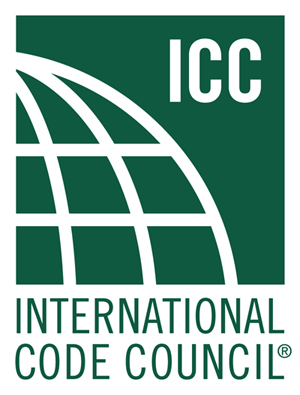Your cart is currently empty!
“The International Energy Conservation Code (IECC): Promoting Global Energy Efficiency”

===
The International Energy Conservation Code (IECC) is a comprehensive set of regulations and standards that aim to promote energy efficiency in the construction and renovation of buildings. It provides guidelines for architects, engineers, contractors, and building owners to ensure that new and existing structures are designed, constructed, and operated in an energy-efficient manner. The IECC is widely recognized and adopted by many countries around the world as a means to reduce energy consumption, lower greenhouse gas emissions, and create more sustainable built environments.
Introduction to the International Energy Conservation Code (IECC)
The International Energy Conservation Code (IECC) was first published in 1998 by the International Code Council (ICC) in collaboration with the U.S. Department of Energy. The code establishes minimum requirements for energy-efficient building design and construction, covering various aspects such as insulation, air sealing, lighting, heating, cooling, and ventilation systems. It is regularly updated and revised to incorporate advancements in energy-efficient technologies and practices.
Key Features and Objectives of the IECC
The IECC sets forth specific standards and requirements to ensure that buildings are designed and constructed with energy efficiency in mind. Key features of the code include provisions for insulation, air sealing, efficient lighting systems, high-performance windows, and the use of renewable energy sources. The objectives of the IECC are to reduce energy consumption, decrease reliance on fossil fuels, enhance indoor air quality, improve occupant comfort, and promote sustainable building practices.
Benefits and Impacts of Implementing the IECC
Implementing the IECC has numerous benefits and impacts on various stakeholders. For building owners, it can result in significant energy cost savings over the lifetime of a building. Energy-efficient buildings also command higher property values and attract tenants who value sustainability. From a societal perspective, the IECC helps reduce greenhouse gas emissions, mitigate climate change, and conserve natural resources. Additionally, energy-efficient buildings create jobs in the construction and manufacturing sectors, promoting economic growth.
Challenges and Considerations in Adhering to the IECC
While the IECC provides a framework for energy-efficient building design, there are challenges and considerations in adhering to its requirements. One challenge is the initial cost of implementing energy-efficient measures, which can be higher than conventional construction methods. However, these costs are often offset by long-term energy savings. Another consideration is the need for skilled professionals who are knowledgeable about energy-efficient design and construction techniques. Training and education programs play a crucial role in addressing this skill gap.
==OUTRO: ==
The International Energy Conservation Code (IECC) plays a vital role in promoting energy efficiency and sustainability in the construction industry. By adhering to its standards, builders and developers can create buildings that consume less energy, reduce environmental impact, and provide comfortable living and working spaces. As the global focus on sustainability intensifies, the IECC will continue to evolve and drive advancements in energy-efficient building practices worldwide. To learn more about the IECC and other building codes, visit IBC Manual.
